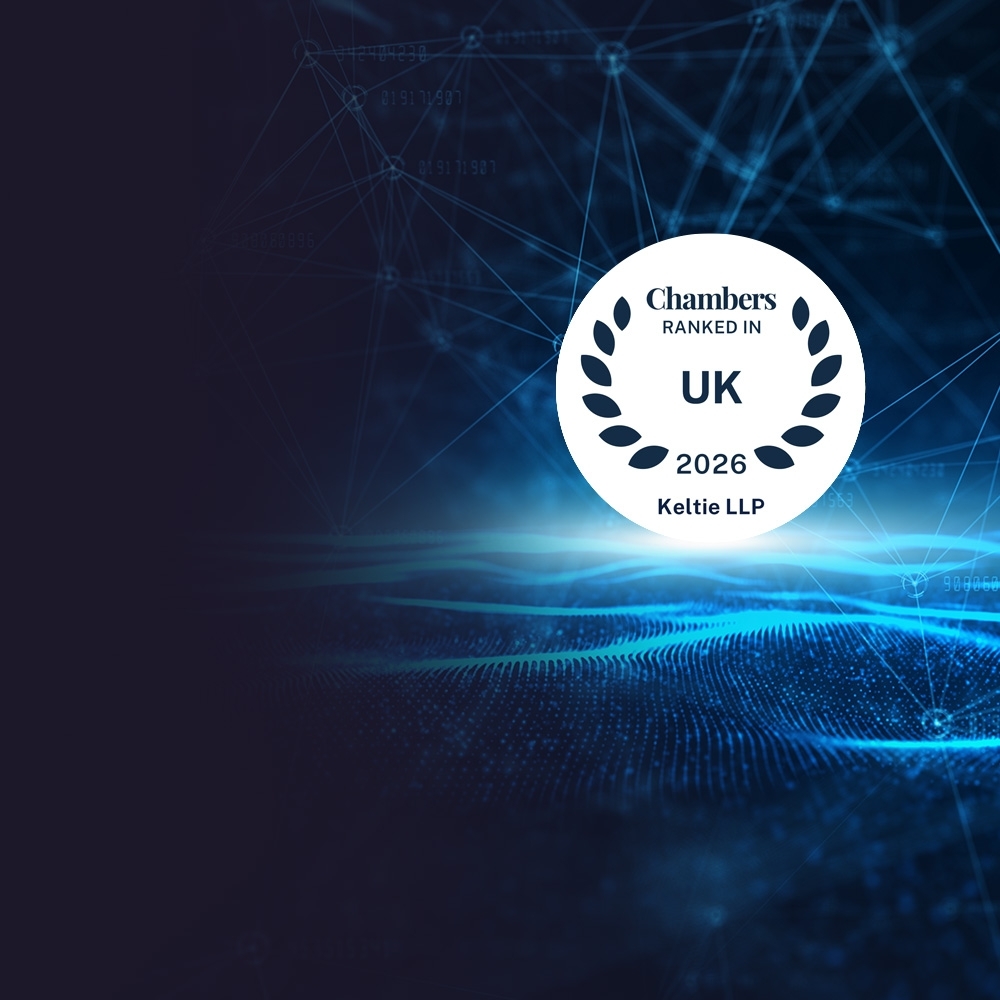29.04.2025
Patent applications related to data processing often fall foul of the EPO’s exclusions on “mathematical methods”. Applicants in the MedTech space in particular may find it far easier to protect the hardware in their wearable devices and tools than to protect the software that processes and analyses that data. A recent board of appeal decision T 1741/22 seems to contradict the Guidelines for Examination and previous Board of Appeal decisions. This decision may shed some light on how the EPO may approach these data processing applications in future.
Thank you
The application (EP16153964.8) relates to a "system and method for analysing glucose monitoring data indicative of a glucose level, and a computer program product". Claim 1 of the Main Request includes steps of receiving continuous glucose monitoring data, and indicating a glucose level sampled for a person in a bodily fluid at a plurality of sample times.
It further includes a step of comprising a plurality of continuous glucose profiles with a glucose value for each of the plurality of sample times.
Claim 1 also includes steps of, for each continuous glucose profile, determining at least one of a plurality of minimum glucose values and a plurality of maximum glucose values for a selected group or each of the plurality of sample times, and outputting display signals accordingly.
In the first instance, the application was refused for lack of inventive step. The Examining Division found that the method related to an arbitrary method of displaying data, and lacked technical character. During appeal proceedings, the appellant submitted that the technical effect in this case was "providing an overall measure of the glucose variability (i.e. equally sensitive to both hypo- and hyperglycaemic events) and a prediction of glycaemic events that were better than, or at least alternative to, those used in [the closest prior art]". However, the Board of Appeal upheld the decision of the Examining division and the appeal was dismissed.
Some key takeaways from the decision are:
The Board of Appeal found that providing an overall "measure" of the glucose variability and a prediction of glycaemic events does not amount to a technical effect. In the decision, they noted that the term "measurement" may be used to give claims a veneer of technicality. However, they state that the meaning of measurement is an interaction with physical reality for the calculation of a physical state of an object, either directly or indirectly.
The physical reality in this case is the patient’s blood, and that interaction ends once blood glucose measurements are carried out. The subsequent processing steps take place in the absence of this interaction with physical reality, and are therefore “inherently non-technical”.
Section G-II, 3.3 of the Guidelines for Examination lists as an example of technical contributions of a mathematical method: "providing a medical diagnosis by an automated system processing physiological measurements".
In the decision, the Board of Appeal stated that this example is “clearly erroneous”, since providing a medical diagnostics (whether by a physician or an automated system) is devoid of any technical character.
It is worth remembering that the Guidelines explicitly state that they should be "regarded as general instructions that may need to be adapted to the individual case" and "do not constitute legal provisions". In some circumstances, it is possible for the Guidelines to be out of sync with Board of Appeal decisions. Caution is therefore is advised when relying on the Guidelines, as updates to the Guidelines can lag behind Board of Appeal decisions and even contradict them.
As well as contradicting the Guidelines for Examination, this decision also contradicts a previous Board of Appeal decision T 2681/16 which found that found that processing of glucose data points to derive a measure of blood glucose variability could contribute to a technical effect. The scope of what is considered technical is different depending on whether your rely on T 1741/22 or T 2681/16.
A referral to the Enlarged Board of Appeal may be the only way to establish to what degree subsequent processing of medical data can be considered to have technical character. Until then, wherever possible, it is best to ensure that a patent application includes a step of taking a measurement (i.e., interacting with a physical reality), not just processing measurements.
The full decision can be read here: T 1741/22 (New medical data/ROCHE) 26-07-2024 | epo.org
If you would like more information on this topic, please reach out to Sinead, or one of the Keltie team.

21.10.2025
Accelerated Patent Grant: Timeline-Based Guide for Climate Tech InnovatorsFor climate tech startups, securing a granted patent swiftly can be commercially critical - whether that is for attracting investment, deterring competitors, supporting licensing, or obtaining ‘Patent Box’ tax relief.

16.10.2025
Keltie Recognised Again in Chambers UK 2026 rankingsKeltie is recognised once again in the Chambers UK Guide 2026 for excellence in Intellectual Property. The firm has retained its UK-wide Band 2 ranking for Intellectual Property: Patent & Trade Mark Attorneys, reflecting our continued strength, expertise and client commitment across the full spectrum of IP services.
Thank you